
An easy guide to Understand your dental insurance terms
This article helps demystify common dental insurance terms, making it easier for patients to understand their insurance plans and navigate dental decisions effectively.
Thorncrest Dental: Commitment to Quality
We are committed to delivering quality dental care in a warm and inviting atmosphere. Our goal is to make sure each patient leaves our clinic with a healthier, more radiant smile.
Understand dental insurance details
In this comprehensive guide, we provide an essential guide to understanding the complex terminology often used in health dental insurance policies and dentist services. While the terms and definitions are intended for educational purposes, they may vary based on the specific insurance plan or policy, emphasizing the importance of consulting relevant documents like the Summary of Benefits and Coverage for precise meanings.

Core Dental Insurance Terms
Deductible: This is the amount you owe for healthcare services before your insurance plan starts to cover costs. For instance, if your deductible is $100, you must pay that amount for covered services before insurance begins paying.
Allowed Amount: This is the maximum sum that your health insurance plan will pay for a covered service. Any charge above this amount may be billed directly to the patient, referred to as Balance Billing. For instance, if a provider charges $1000 and the allowed amount is $700, the patient may need to cover the $300 difference.
Appeal: In case a patient disagrees with an insurance company’s decision regarding coverage or services, they can request an appeal. This prompts the insurer to review the decision again.
Co-insurance and Co-payment:
Co-insurance refers to a percentage that a patient must pay for covered services after meeting their deductible. For example, if the allowed amount for a service is $100 and your co-insurance is 30%, you would pay $30, and your insurer covers the remaining 70%, which is $70.
Co-payment, on the other hand, is a fixed amount you pay when receiving a covered service, such as a $15 co-pay for a doctor’s visit.
Network and Provider Relationships
Out-of-Network Co-insurance and Co-payment apply to services provided by professionals or facilities not contracted with your insurer, which usually results in higher costs for the patient.
Network refers to the healthcare facilities, providers, and suppliers your health insurance contracts with to offer services. Patients typically pay less for in-network services.
Financial Aspects of Health Coverage
- Premium: This is the amount you pay regularly (monthly, quarterly, or yearly) for your health insurance coverage.
- Out-of-Pocket Limit: The most you’ll have to pay for covered services in a plan year. After you reach this limit, the insurance plan covers 100% of allowed amounts for covered services.
Examples of Cost-Sharing
Here is an illustrative example of how deductibles, co-insurance, and out-of-pocket limits interact. In the example provided:
After meeting the deductible, Mary only pays 20% co-insurance for dental services and her maximum limit is $1500. The treatment estimate for a dental implant is $1000. Mary’s deductible is $100.
If Mary submits a claim to the insurance, she would have to pay $100 deductible. Her insurance will cover 80% of the payment up to $1500.

Dental offices and insurance assignment comparison table
Paying for your dental services should not be a hard decision to make The process depends on whether your dentist submits the claim for you, if you’ve assigned your benefits to the dentist for direct payment, or if you prefer to have the insurance plan reimburse you directly. Each approach determines how and when you receive payment or reimbursement for the services.
Here’s a comparison table between teeth assignment and non-assignment dental offices:
Assignment office
The assignment of benefits means your insurer pays your dentist directly.
- You are only responsible for the part that is not covered by the plan.
- Example: the dental xray is $50 and the copayment is 20%. You only pay $10
Non-Assignment office
The non-assignment of benefits means your insurer pays your patient directly. The patient is responsible of full payment at the day of service.
As per Ontario Dental Association, non-assignment is preferred as it involves the patients in the treatment planning.
- You are responsible for whole service and will get paid by the insurance later on.
- Example: the dental xray is $50 and the copayment is 20%. You pay $50 and you will be paid $40 by the insurance.

A comprehensive guide about dental insurance in Ontario
We put together a comprehensive guide that provides a clear and detailed overview of dental insurance, simplifying complex terminology and dental processes. This guide is designed to help you understand dental coverage, especially in Etobicoke and Ontario, while offering practical advice on how to maximize your benefits effectively.
Thorncrest Dental accepts most dental insurance plans and assists patients in maximizing their benefits. They help with submitting claims and are available to answer any questions regarding coverage. Patients are encouraged to check the details of their specific plan to ensure they understand how benefits apply to their treatment. More details can be found directly on their website. Thorncrest Dental
FAQ: Dental Insurance Terms
- What is a deductible? A deductible is the amount you must pay for covered services before your health insurance starts paying. For example, if your deductible is $1,000, you need to spend $1,000 on healthcare before your plan starts sharing costs.
- What is co-insurance? Co-insurance is a percentage of the cost you pay for a service after meeting your deductible. For example, with 20% co-insurance, you pay 20% of the allowed amount, and your insurer covers the rest.
- What is an out-of-pocket limit? This is the maximum amount you’ll pay for covered services in a policy period. After reaching this limit, your insurer covers 100% of the costs for the rest of the year.
- What is balance billing? Balance billing occurs when a provider charges you for the difference between their fee and the allowed amount covered by your insurance.
- What’s the difference between in-network and out-of-network providers? In-network providers have contracts with your insurance, usually resulting in lower costs for services. Out-of-network providers don’t have contracts, which typically leads to higher expenses for the patient.
- What is the allowed amount? The allowed amount is the maximum payment your insurance plan will approve for a covered health service. If your provider charges more than this amount, you may have to pay the difference.
Get the smile you deserve




